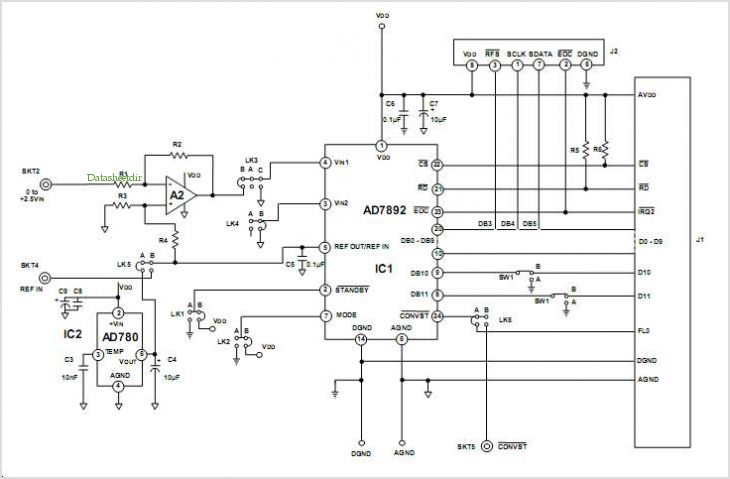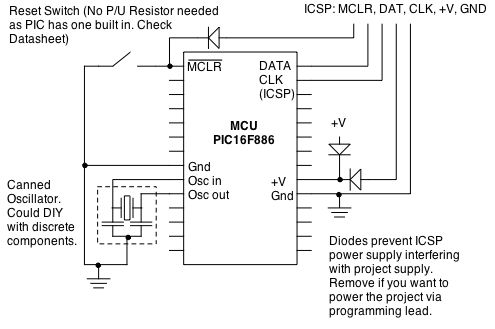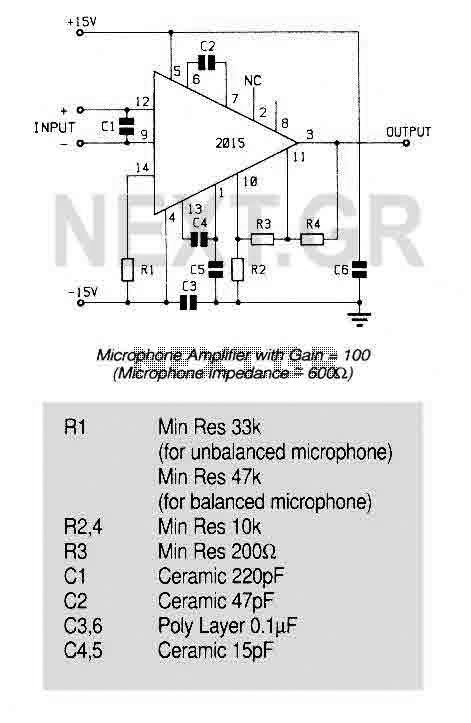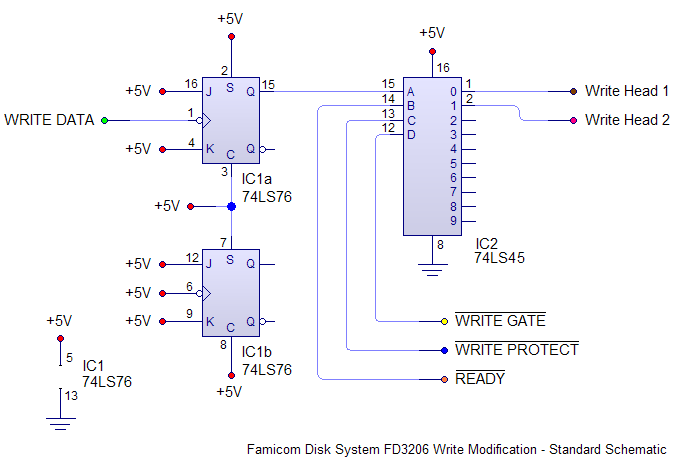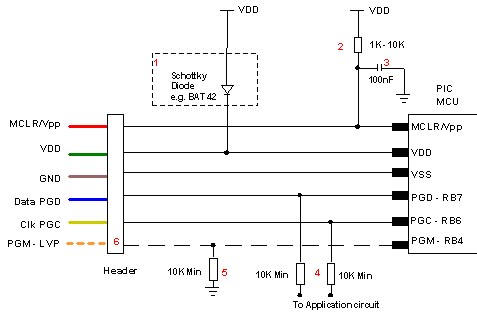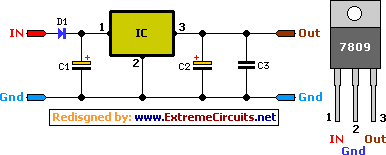
Mic Phantom Supply
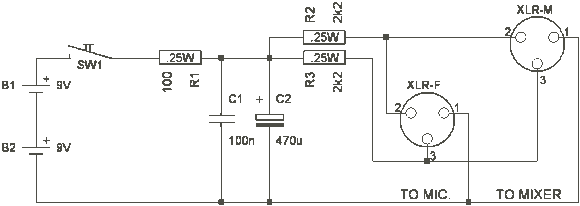
This is a very simple design for a phantom supply. This design will work with microphones that have no problem with the phantom supply being only 15V. It also has to be noted that, at high SPL, distortion can become intolerable (totally depending on microphone design). In that case, the phantom supply voltage has to be increased. More: Now since the question was for a simple phantom supply, fed by batteries, the choice was made to use 2 9V batteries (since a lot of microphones can be run from phantom voltages as low as 10V). Another option would have been to use an array of batteries un
The described phantom power supply circuit is designed to provide a voltage source for condenser microphones that require a DC phantom voltage, typically ranging from 10V to 48V. The circuit operates effectively with a supply voltage of 15V, which is suitable for many microphones, while also noting that higher sound pressure levels (SPL) may introduce distortion, necessitating an increase in voltage depending on the microphone's specifications.
The proposed design utilizes two 9V batteries connected in series to achieve a total output voltage of 18V. This configuration is advantageous as it allows for a compact power source while ensuring compatibility with microphones that can operate efficiently at lower phantom voltages. The use of batteries also provides portability and eliminates the need for an external power supply, making it ideal for field applications.
In terms of circuit components, the design would typically include resistors to create a balanced output, capacitors for decoupling, and possibly a voltage regulator if a more stable output is required. A series of resistors can be employed to ensure that the output voltage remains consistent under varying load conditions, which is crucial for maintaining audio fidelity.
Overall, this simple phantom supply design is a practical solution for powering condenser microphones, particularly in scenarios where battery operation is preferable. The choice of two 9V batteries balances efficiency and ease of use while providing enough voltage to cater to a wide range of microphone types.This is a very simple design for a phantom supply. This design will work with microphones that have no problem with the phantom supply being only 15V. It also has to be noted that, at high SPL, distortion can become intolerable (totally depending on microphone design). In that case, the phantom supply voltage has to be increased. Now since the question was for a simple phantom supply, fed by batteries, the choice was made to use 2 9V batteries (since a lot of microphones can be run from phantom voltages as low as 10V). Another option would have been to use an array of batteries un 🔗 External reference
The described phantom power supply circuit is designed to provide a voltage source for condenser microphones that require a DC phantom voltage, typically ranging from 10V to 48V. The circuit operates effectively with a supply voltage of 15V, which is suitable for many microphones, while also noting that higher sound pressure levels (SPL) may introduce distortion, necessitating an increase in voltage depending on the microphone's specifications.
The proposed design utilizes two 9V batteries connected in series to achieve a total output voltage of 18V. This configuration is advantageous as it allows for a compact power source while ensuring compatibility with microphones that can operate efficiently at lower phantom voltages. The use of batteries also provides portability and eliminates the need for an external power supply, making it ideal for field applications.
In terms of circuit components, the design would typically include resistors to create a balanced output, capacitors for decoupling, and possibly a voltage regulator if a more stable output is required. A series of resistors can be employed to ensure that the output voltage remains consistent under varying load conditions, which is crucial for maintaining audio fidelity.
Overall, this simple phantom supply design is a practical solution for powering condenser microphones, particularly in scenarios where battery operation is preferable. The choice of two 9V batteries balances efficiency and ease of use while providing enough voltage to cater to a wide range of microphone types.This is a very simple design for a phantom supply. This design will work with microphones that have no problem with the phantom supply being only 15V. It also has to be noted that, at high SPL, distortion can become intolerable (totally depending on microphone design). In that case, the phantom supply voltage has to be increased. Now since the question was for a simple phantom supply, fed by batteries, the choice was made to use 2 9V batteries (since a lot of microphones can be run from phantom voltages as low as 10V). Another option would have been to use an array of batteries un 🔗 External reference
